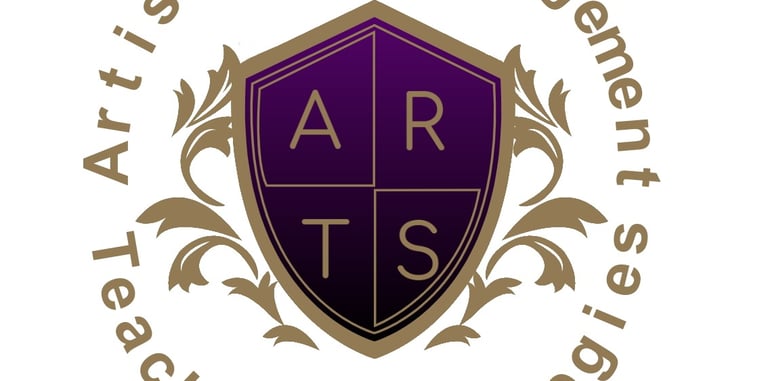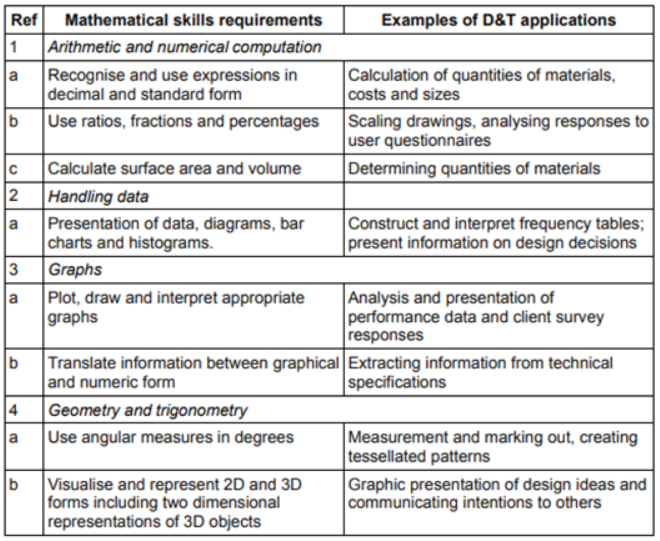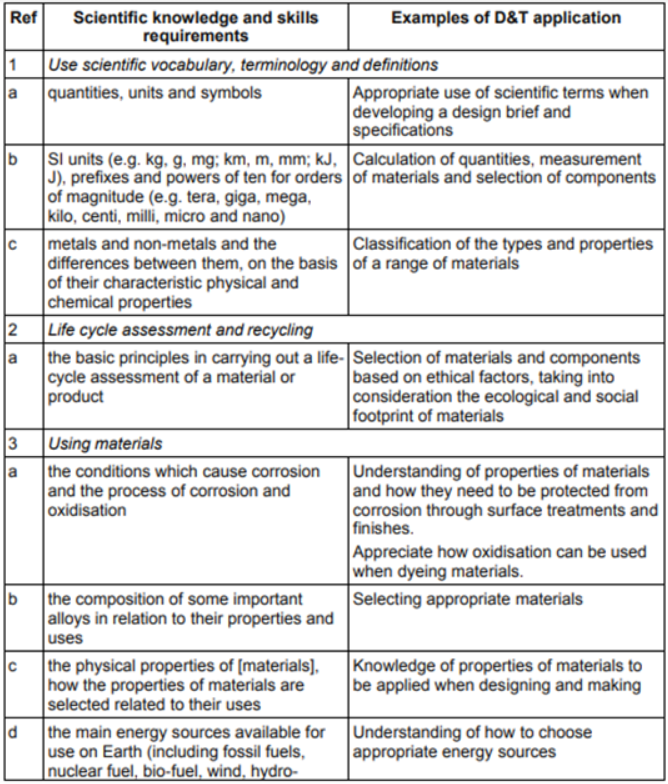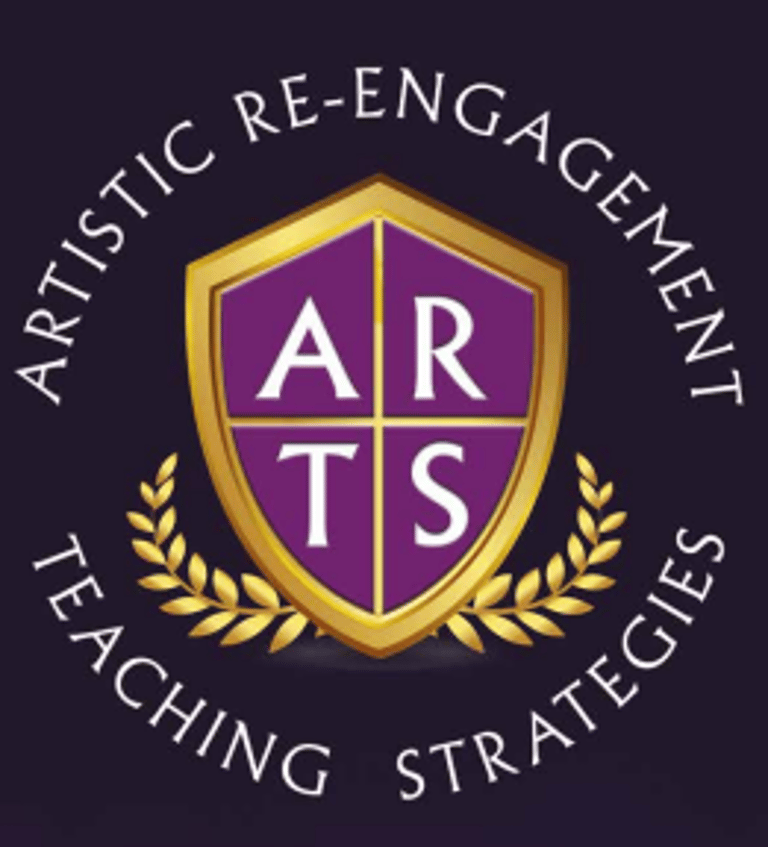


To Create: Self-worth, Opportunities & Compassion
Design Technology Key Stage 3
Visual literacy is a vital element of everyday society, with much of our surroundings owed to the vision and craftsmanship of the creative professions. Have you ever considered that from the clothes we wear to the houses we live in- all of these necessities started life as a designer's creative vision?
A.R.T.S aims to provide all students with an exciting and in depth introduction into the world of Art and Design. Students are supported to develop and explore their creative potential.
We pride ourselves on providing a creative experience that nurtures both natural and developing talents.
Aims and objectives
In accordance with the National Curriculum’s expectations, we aim to ensure that all pupils:
- Produce creative work, exploring their ideas and recording their experiences
- Become proficient in drawing, making, sculpture and other forms of craft.
- Design techniques evaluate and analyse works with meaningful response.
- Understand current and historical designers, and understand the cultural development of their design/construction forms.
Design and Technology is a highly practical subject which develops a student’s ability to work independently and creatively in a variety of materials. The subject is taught through a series of projects with a core of theoretical knowledge and understanding to support the designing and making process. Students design considering the needs of the target market and consider social, moral and ethical values. Lessons are taught through a selected option from:
- Textiles
- Construction
- Product design
- Graphic design
The pupil’s progress is monitored over a termly period to ensure that they achieve or exceed expected targets and that they are making progress.
In key stage 3 students are given work and activities that foster the main aims of the National Curriculum for Design and Technology. The aims are clear and precise and students will; develop a creative, technical and practical expertise, build and apply a repertoire of knowledge, understanding and skills, critique and evaluate their ideas and test their products.
In the first term of study time is spent getting to know the students and assessing their levels before beginning a differentiated and bespoke programme of study based on their capabilities and interests. In design and technology sessions students participate in theory based and practical activities with regard to the handling of resistant materials and textiles. Students will learn from completing focused practical tasks with small design elements. Pupils will develop the skills necessary to work creatively and semi-independently on design technology projects. Students are taught about the materials they are using, where they come from and issues such as sustainability associated with them. The purpose of these tasks is to teach students the basic principles of workshop health and safety and to enable them to learn how to mark out and safely use a range of tools and equipment. The emphasis of the tasks and projects is on accuracy and the safe use and operation of tools and equipment in order to prepare pupils for Key Stage 4 GCSE Design Technology.
Key Stage 4 Design Technology
GCSE Accreditation Pathway
Students who choose to participate in GCSE Design Technology will start the GCSE course for Design Technology in year 10. The GCSE Design Technology course will enable candidates to develop skills, knowledge and understanding of designing and making products. The course will develop student’s ability to demonstrate their creativity, within the making of products involving textiles and resistant materials.
This specification enables students to develop their ability to actively engage in the processes of Design Technology so students can learn about contemporary technologies, materials and processes. It places great emphasis on understanding and applying iterative design processes. Students will use their creativity and imagination to design and make prototypes that solve real and relevant problems, considering their own, and others, needs, wants and values.
The formal course is provided by the AQA exam board and the assessment requirements are split into two units; the first unit is coursework based via which the students are expected to produce a product that they have designed and made themselves. The students will be given approximately between 30-35 hours to produce their product and this weighs at 50% of the overall assessment. The second unit weighs 50% of the overall assessment and is an exam paper of duration 2hours.
Links to Mathematics
Students will use the following mathematical skills in Design Technology.


Links to Science
Students will use the following Scientific skills in Design Technology.










